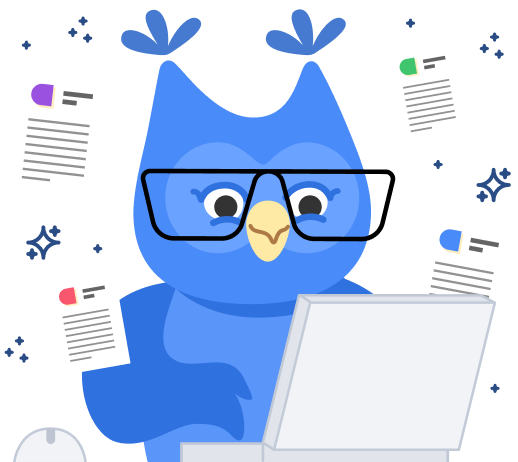


1
Just the text
2
The text with the questions
3
The text with the questions and the answers
We constructed it this way in order to reduce the
amount of pages you need to print.
We encourage you to print the
version with the answers just once, for your own reference.
We more strongly encourage you to use these texts online. Other than ecological reasons, practicing reading comprehension online is also much easier to grade, simplifies tracking of progress, adaptive to the level of the specific student, and increases motivation to practice with the students.
Register to ReadTheory and unlock the answers to all worksheets on the site.



Second-grade readers should have a more advanced understanding of phonics if they are to be successful in building stronger reading comprehension skills. In particular, decoding one-syllable and two-syllable words, common prefixes and suffixes, and irregularly spelled words are skills commonly identified as grade-appropriate. The following tips can help advance these and other reading comprehension skills:
Reading aloud is one of the best activities for developing readers. It helps them understand how individual words connect together to form a fluent sentence. Reading aloud also promotes understanding of how to pronounce multisyllabic words.
A story ball is nothing more than an inflatable beach ball with critical questions written on it (i.e., Who? What? When? Where? Why? How?). Alternatively, new words using common prefixes and suffixes could be written on the ball. Children toss the ball to one another, and each child is encouraged to answer the question or demonstrate how to pronounce the word that’s facing them.
Students will be able to retain more information if they understand what the goals are for the reading ahead of time. For example, if students are asked to read a passage about playing outside in the winter, let them know that they will learn how to build a snowman. Doing so helps direct their attention as they read so they can more effectively decode new and unfamiliar words.
You can also find hundreds of 2nd-grade reading comprehension worksheets available for purchase at readtheoryworkbooks.com

Below are 10 reading comprehension worksheets and tests that are accurately measured to fit the 2nd grade level.

Topic
Time with my Family
Lexile level
350
Num of questions
6
Types of questions
Understanding figurative language , Central message, Identifying the main topic and key ideas.

Topic
Three Boats
Lexile level
350
Num of questions
8
Types of questions
Central message, Identifying the main topic and key ideas, Identifying the author’s point of view

Topic
The Drive home
Lexile level
350
Num of questions
7
Types of questions
Central message, Lesson or moral, identifying the author’s point of view, identifying the main topic and key ideas

Topic
Pig Facts
Lexile level
350
Num of questions
6
Types of questions
Central message, identifying the author’s point of view, identifying the main topic and key ideas, lesson or moral

Topic
My Family
Lexile level
350
Num of questions
8
Types of questions
Central message, identifying the author’s point of view, identifying the main topic and key ideas.

Topic
Getting to work
Lexile level
450
Num of questions
7
Types of questions
Central message, lesson or moral, Identifying the main topic and key ideas, Identifying the author’s point of view

Topic
Family Jobs
Lexile level
350
Num of questions
5
Types of questions
Central message, lesson or moral, Identifying the main topic and key ideas, Identifying the author’s point of view

Topic
David’s Hair
Lexile level
350
Num of questions
5
Types of questions
Central message, lesson or moral, Identifying intent and conclusions, Identifying the main topic and key ideas.

Topic
Anna and Henry Play
Lexile level
350
Num of questions
5
Types of questions
Central message, Identifying the main topic and key ideas, Identifying the author’s point of view

Topic
Amos Makes a Cake
Lexile level
350
Num of questions
6
Types of questions
Sequencing questions, Central message, lesson or moral, Identifying the main topic and key ideas, Identifying the author’s point of view, ,Identifying a problem and solution described in the text

Check out our NEW collection — created by AI, thoughtfully inspired and refined by teachers.